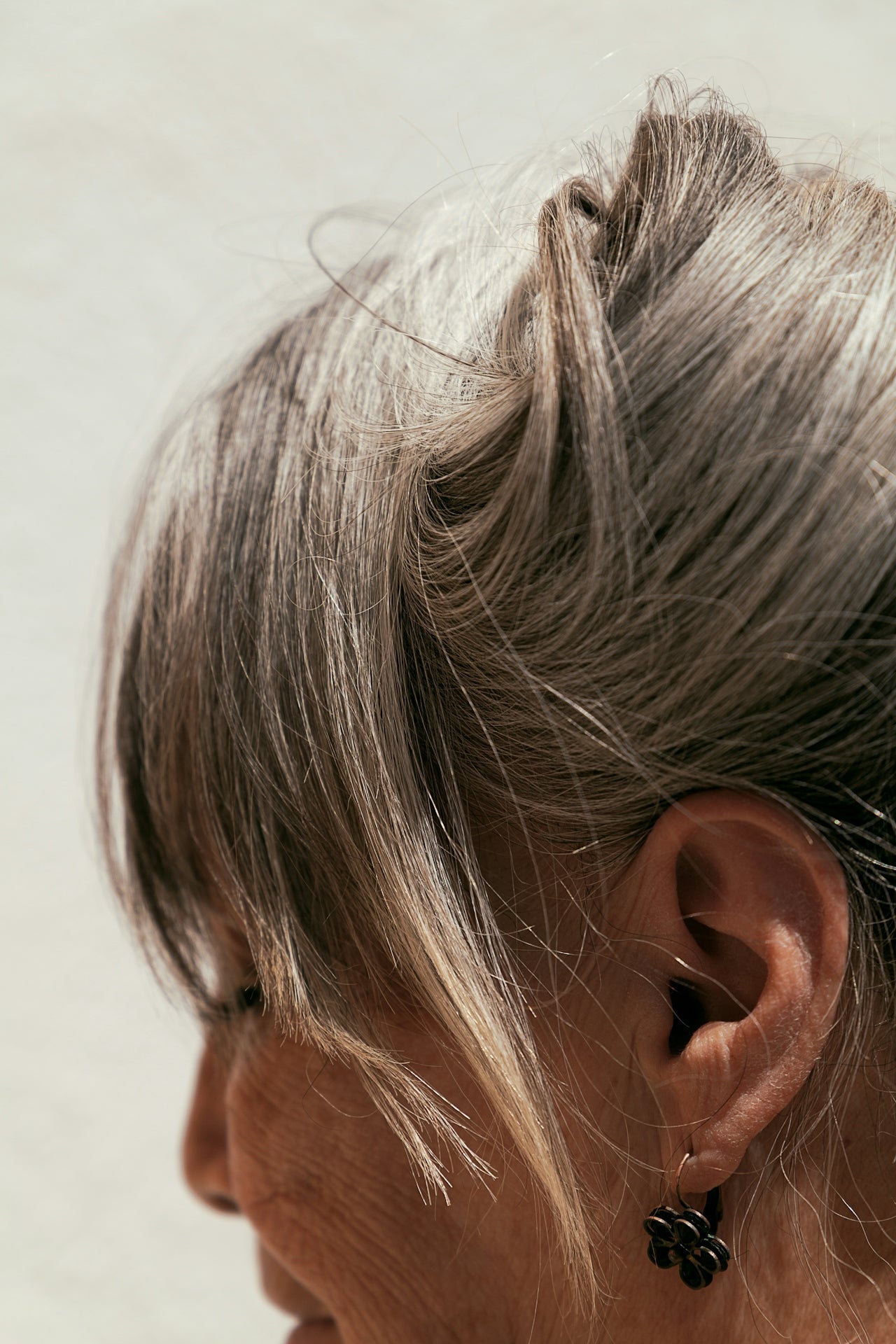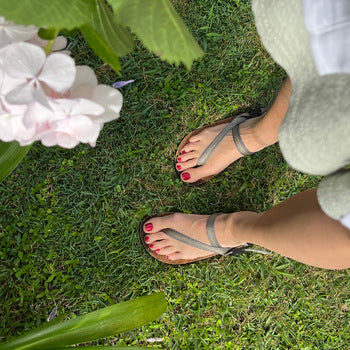A Daily Earthing Fix
Daily contact with the Earth can keep us and our body's complex systems grounded for optimal wellbeing. Our planet freely offers electrons that allow us to function at our best.
But what if we are lacking the regular contact required to keep us grounded? Our modern, busy lifestyles, insulated homes, high-rise offices and rubber-soled shoes are certainly getting in the way of us living naturally earthed, and our health could be the poorer for it. Studies show that, among many benefits, regular earthing helps to significantly reduce inflammation – the leading cause of chronic disease – so it is increasingly important to find ways to incorporate earthing into our daily lives.
How to Live a Grounded, Modern Lifestyle
If you are lucky enough to be able to kick off your shoes and take a stroll along the beach or a patch of grass or soil then, hey presto, you are grounding! If going barefoot isn't for you, then there is a wide range of earthing footwear that will help you achieve the same beneficial results while walking the terrain in comfort.
Earthing sandals and thongs include a conductive plug on the sole of the sandal which makes contact with the conductive surface of the Earth. The electrons are passed from the Earth into the body via specially-designed conductive laces. Adhesive earthing straps can attach to any enclosed shoe to keep you grounded on any conductive surface.
See the full range of earthing footwear available at Earthing Oz.
Which Ground Surfaces are Best for Earthing?
Of course, grounding – be it barefoot or with earthing footwear – will only be effective when in contact with a conductive surface. Walking barefoot around your local shopping mall will not give you any earthing benefits!
The best surfaces for grounding are sand, soil or grass. The conductive nature of water means that moist surfaces offer enhanced conductivity, so wet sand or dewy grass provide an abundance of electrons to whichever part of our body is contact with the surface. Grounding only requires a single point of connection to the ground to receive an influx of electrons through our whole body.
Natural bodies of water such as oceans, lakes or rivers, particularly when rich in salts and minerals, are also excellent grounding environments.
It is also possible to ground on concrete, stone pavers and certain types of tiles, as long as they are made from natural materials and laid directly on the Earth or a concrete slab. With modern building and manufacturing practices however, it is likely that plastics, paints, glues or other chemical bonding agents may be included which would unfortunately act as an insulator and prohibit the grounding experience.
Is it Possible to be Grounded Indoors?
Thanks to the wide range of earthing products available, it is also possible to achieve a daily earthing fix from the comfort of your own home or from your workplace.
Utilising a grounded powerpoint in the home, the electrons from the Earth flow through the earthed wire of the household wiring, via an earthing plug and cord and into the conductive surface of an earthing product, such as a mat or sheet. When we make contact with the grounded conductive surface of the earthing product, the electrons are transferred into our body, allowing us to benefit from the same grounding effects that we would experience if we were grounding outdoors.
The conductive elements typically used in earthing products are carbon, silver or stainless steel.
There are earthing products for day time and night time, allowing us to benefit from earthing right around the clock, at times and in situations that suit us best. Discover the full range of indoor earthing products available at Earthing Oz today.










